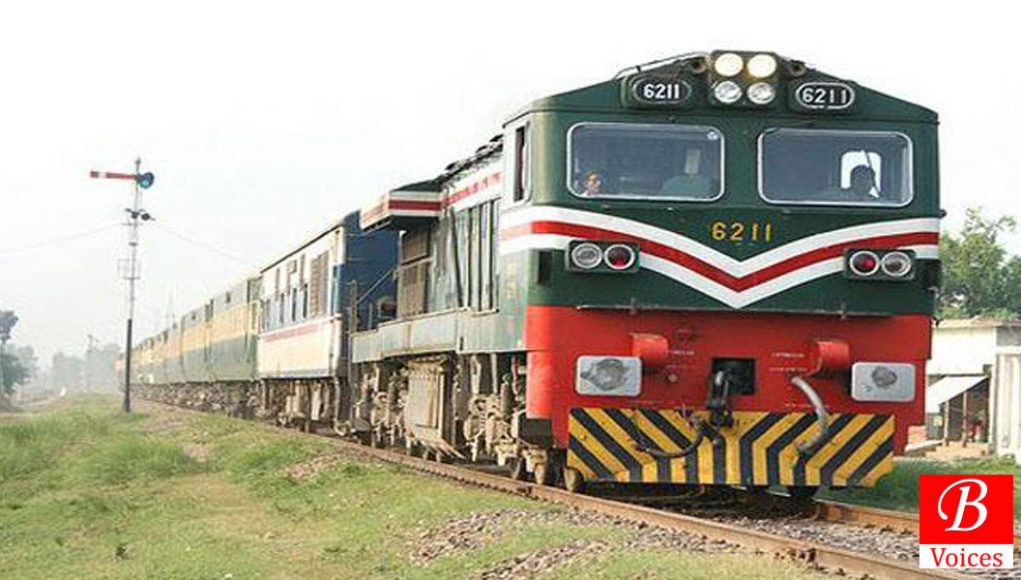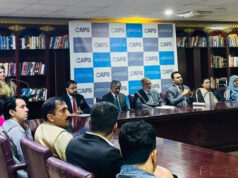Adnan Aamir
Last week, a major economic announcement was made in Turkey. Governments of Pakistan, Turkey, and Iran are to resume operations of the Istanbul-Tehran-Islamabad (ITI) railway. This is a significant development in the context of possible economic growth in Pakistan.
ITI Railway starts from Islamabad and runs through Lahore, Rohri to Quetta, and Zahedan in Iran. From there, the Iranian railway lines will run to Turkey, and then the Turkish railway lines will carry the ITI line to Istanbul. Spread over a length of 6,500 kilometers, this line will shorten the freight transport time to Turkey and it will also help in providing an alternative goods transport corridor for Pakistan to Europe.
This ambitious project is expected to start in 2021. However, there is a missing link that jeopardizes the launch as well as the success of this project. This missing link is the railway infrastructure in Balochistan. In Pakistan, this railway line will use two tracks; first, the Rawalpindi-Rohri track, which will be upgraded under the ML-1 project of the China-Pakistan Economic Corridor (CPEC), and the second, the Rohri-Quetta-Taftan track, which is in poor shape and there are no plans for its upgradation anytime soon. Therefore, the ambitions of mass freight transport from Pakistan to Turkey and onwards to Europe will hit a roadblock in Balochistan.
The case with ITI represents the typical behavior of successive federal governments that announce mega-projects related to Balochistan but do not develop the required infrastructure. The government of Pakistan has completely ignored the railway infrastructure in Balochistan, which is more than 100 years old and it has completed its useful life. Still, the government announces mega-projects while completely disregarding the infrastructure deficiencies in Balochistan.
A pertinent example of this approach is Gwadar port in Balochistan and its proposed connections to China via land route. Governments have claimed that CPEC will be a game-changer but did not include sufficient infrastructure projects for connecting Gwadar with the rest of the country. For instance, the total value of CPEC projects in Gwadar is a mere $1.23 billion compared to $2.89 billion just spent on the Sukkur-Multan section of Karachi-Lahore Motorway. Ideally, a motorway should have been built under CPEC to connect Gwadar with Karachi and Quetta but this was never considered.
Moreover, Gwadar is the center stage of CPEC yet the biggest project of this initiative ML-1 will upgrade the railway track between Karachi and Peshawar at a massive cost of $6.8 billion. There is no railway line in Gwadar and there are no plans to build one till 2030. There are claims by the government to connect Gwadar via railway line to Quetta and Taftan but those are just rhetoric as no such project has been approved under CPEC.
Furthermore, the PML-N government spent $1.6 billion under CPEC to build the Orange Line Metro Train in Lahore. This resulted in the improvement of mass transit in Lahore and it became the first city in Pakistan to have this facility. However, no attempts were made by the PML-N government back then and the PTI government now to develop a workable public transport system for Gwadar. Here, it is important to mention that Gwadar is a much smaller city compared to Lahore in terms of population. Still, its transport infrastructure needs have been conveniently overlooked.
Another major problem in Balochistan is that of narrow highways which result in a large number of casualties in highway accidents. This resulted in a vocal campaign to dualize the Quetta-Karachi highway so those highway accidents could be controlled and the mobility of people and goods could improve. Despite all the public campaigns and demands by people to dualize the Karachi-Quetta highway, the federal government refused to allocate funds for this project under the federal Public Sector Development Program (PSDP).
Instead, the PTI government announced to dualize the said highway using a Public-Private Partnership (PPP). This is a mere lollipop because no investor will be willing to invest in this project which does not have the exponentially high traffic volume required for the success of such ventures. In October, the tender was opened for bidding to carry out a feasibility study for this project under PPP mode. Reportedly no firm showed up for the bidding. This speaks volumes about the future prospect of this project. Quetta-Karachi highway needs to be upgraded not just due to commercial viability but because it is the responsibility of the federation to address the land communication needs of the provinces.
Furthermore, if the federal government does not address the infrastructure gaps in Balochistan then the province can never properly develop. As a result, Balochistan can’t be helpful for the success of other mega-projects such as CPEC or the newly conceived idea of the ITI railway project.
Policymakers in Islamabad need to understand this obvious problem and factor in the infrastructure gap of Balochistan while planning for mega economic projects in Pakistan. If they do not change their approach then mega-projects will fail to become economic game-changers.
Share your comments!








